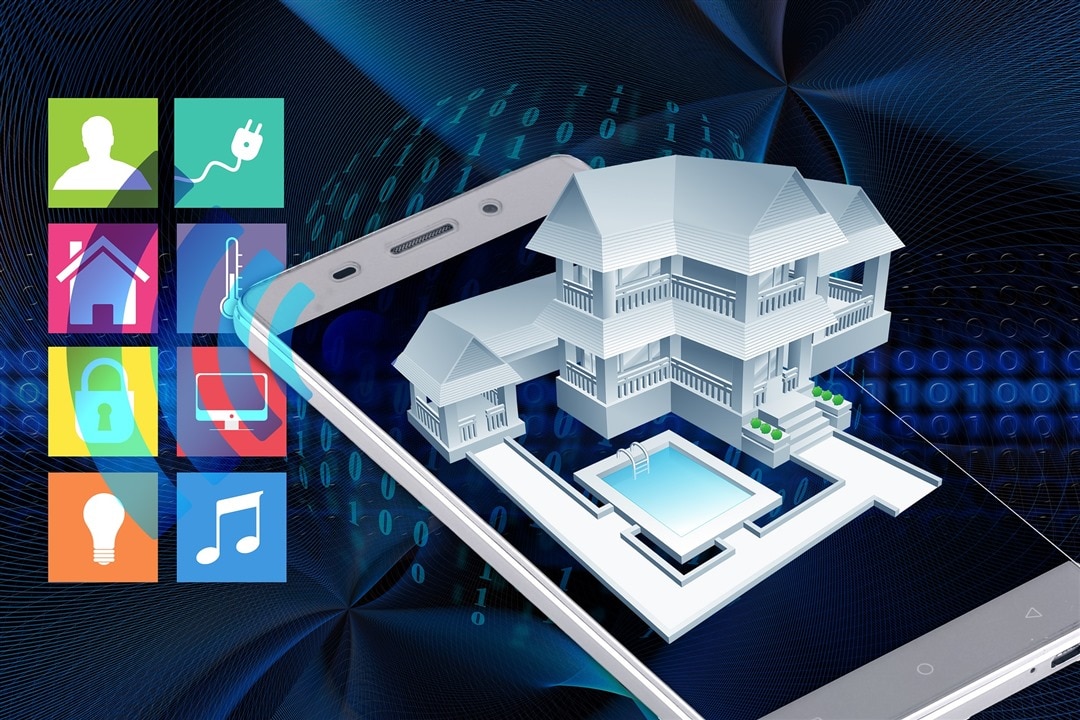
(Image credit: Pixabay)
Smart buildings are characterized as a modern structure that uses advanced technologies to automate, connect, analyze and optimize performance across a multitude of devices, systems and platforms. In today’s world, smart technology has transformed the way engineers design, construct and manage buildings and facilities using building-wide systems such as lighting, alarms, security, environment and HVAC, all in a single IT-managed network.
Smart buildings are designed to improve efficiency, comfort and sustainability through that network and rely on the IoT, AI and building management systems (BMS) to adapt those systems dynamically to real-time conditions. Those systems are designed to adjust automatically to occupants’ needs, creating energy-efficient and responsive environments, a critical component in human welfare, as they control indoor climate, air quality and energy use.
The benefits of advanced HVAC systems, a critical component of smart building infrastructure, can be seen in other industries where improved air quality and climate have impacted everything from hospitals and medical facilities to data centers and cloud servers. Intelligent HVAC systems can control temperatures in real time to maintain optimal comfort levels. Sensors and smart thermostats allow HVAC systems to regulate temperatures in different areas and keep them constant throughout the day. They also allow for remote diagnostics and advanced troubleshooting capabilities, where systems can identify problems before sending out maintenance personnel. Garnered data from those systems can help shine a light on underlying issues and malfunctions and even recommend a nominal course of action to mitigate the problem.
Regulating air quality is a main function of next-gen HVAC systems, which are able to task sensors to pick up air pollutant details, including carbon dioxide emissions, and ventilate them or alert occupants before they impact health. It also helps lower the risk of spreading viruses and other contaminants.
Of course, smart buildings are synonymous with energy efficiency, and most modern HVAC systems can adjust the levels of air conditioning and heating throughout the year to maintain a comfortable balance. Unoccupied rooms, for example, can reduce temperatures and humidity, while server rooms can be cooled all year round, all of which help reduce energy waste by adjusting the indoor environment based on occupancy, outdoor weather, and air quality.
Most smart HVAC systems are handled by building automation systems (BAS) or building management systems (BMS). These platforms connect lighting, security, and fire protection systems, as well as HVAC, placing control on a single network, which helps them communicate using a common language. They can also be customized for various building types and leverage AI to adapt and optimize HVAC settings based on occupancy and environmental factors. Some come with advanced analytics, allowing building managers to garner actionable insight, conduct remote and onsite management and provide preventative maintenance.
Most BAS and BMS platforms allow for the optimization of energy use, providing features such as variable air volume control, airside economizing and controlled ventilation. Those same platforms can also take advantage of AI to learn occupancy patterns, light conditions, humidity and other metrics and adjust heating and air conditioning accordingly. They can also mix return and outside air to adjust those humidity conditions, which saves on costs as systems use less chilled and heated air. These systems rely on automated systems to maintain demand control ventilation and indoor air quality.
These features all function together to enhance occupant comfort, improve air quality, enhance adaptability and increase efficiency in today’s modern smart buildings. They take advantage of real-time data to adjust environmental settings, perform preventative maintenance and play a crucial role in sustainability while reducing their carbon footprint in an effort to mitigate energy waste.
Have a story tip? Message me at: http://twitter.com/Cabe_Atwell
